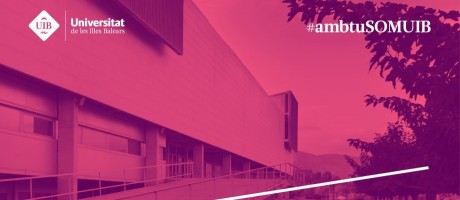Seminari: «Continuous and binary set of responses are not the same: Evidence from the field»
-
Inici: Divendres, 28 maig 12:00
Fi: Divendres, 28 maig 13:00 - Universitat de les Illes Balears, Carretera de Valldemossa, Palma, Espanya

A les 12 hores.
A càrrec de María del Pino (Universidad Loyola).
This paper conducts a pre-registered study aimed to compare binary and continuous set of responses in a questionnaire. Binary responses consist of two possible responses with opposed directions (Yes or No). Continuous responses are numerical, where respondents can indicate an answer in a 0 to 100 horizontal line, marking precise numbers which express the exact level of agreement with a statement. We study whether binary and continuous sets of responses yield the same outcome (distribution) and the same cost (duration in minutes). We collect data from 360 households in Honduras who were randomly assigned to Yes/No questions or were given a slider (visual scaling) to mark their responses (interval [0,100]). We find that respondents are more likely to say “Yes” in the binary setting compared to the continuous one. More specifically, respondents at the binary questionnaire answer on average 2.3 times (13%) more “Yes” answers than their peers in the continuous questionnaire, over-reporting their answers in the former. In our case, opting for Yes/No responses shorten the average length of the questions by 2.1 minutes, which implies a reduction of 41.5%. In less context-specific questions, no differences are found. Hence, knowing the exact degree of agreement of the respondents comes at a cost, both in time and money. Besides, our data also shows that significant differences between binary and continuous answers arise in certain contexts, particularly in questions which include negative wording and when personal information might be potentially revealed. Interestingly, the probability of agreement jumps to 41% in binary sets compared to continuous sets when questions contain negative wording. Our results contribute to survey design, both in the type of the question and the potential costs.
-
